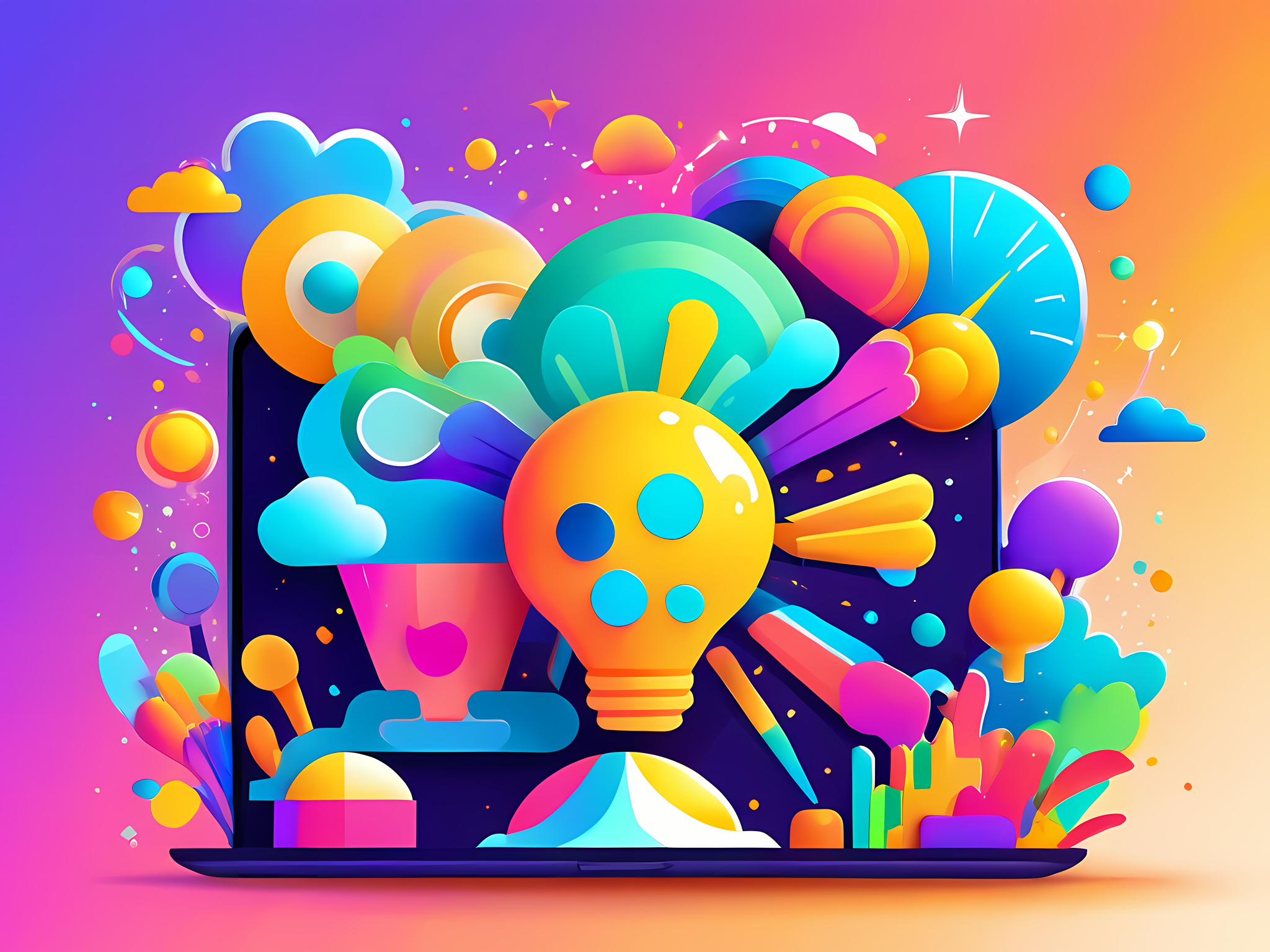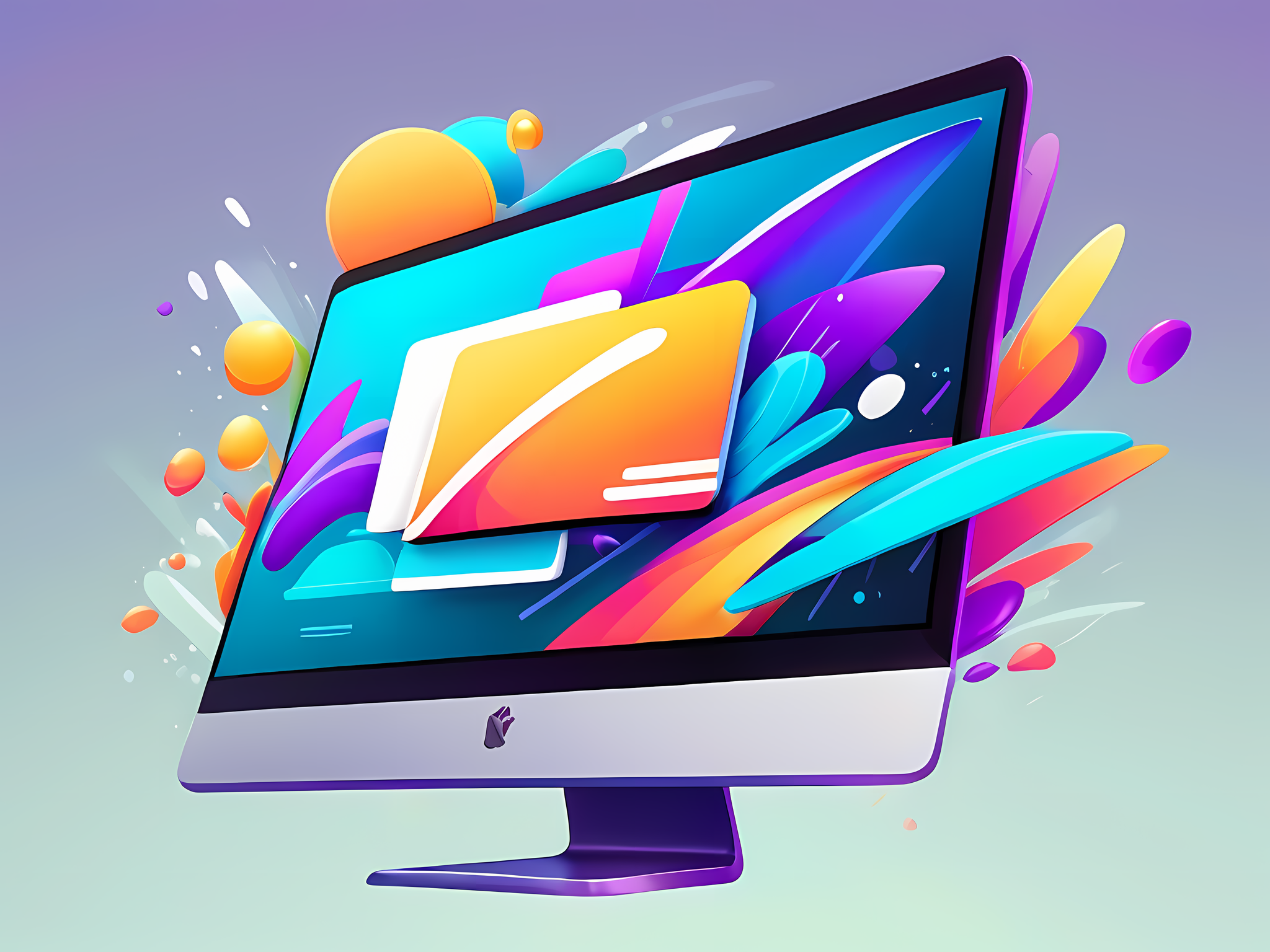What’s the Deal with Colour Theory in Web Design?
Ever looked at a website and felt calm or instantly drawn to click?
That’s colour theory at work.
If you’ve ever thought, “Why do certain colours make me feel a certain way?”—you’re on the right track.
Colour isn’t just decoration. It’s a full-on psychology experiment, and it affects how people feel about your website and brand.
When you get colour theory down, you’re building more than a website; you’re building an experience.
But what’s “colour theory,” really?
It’s a way of understanding how colours mix, match, and even clash to give us specific feelings or make a brand stick in our minds. In web design, it’s crucial for making your site visually appealing and on point with the message you want to send.
Basics First: The Colour Wheel and Colour Relationships
To get a handle on this, we start with the colour wheel. This old-school tool (thanks, Isaac Newton) is about more than just primary and secondary colours. It’s a designer’s go-to for picking out colours that work together or stand out in all the right ways.
Here’s how different colour relationships impact your site:
- Complementary Colours: Think of colours opposite each other on the wheel, like blue and orange. These make each other pop, which is why you’ll often see this combo in action buttons or CTAs—like that “BUY NOW” button in bright red.
- Analogous Colours: Colours sitting next to each other on the wheel, like blue and green. These give a relaxed, cohesive feel, perfect for sites that want to feel organised and calm.
- Triadic Colours: Three colours evenly spaced around the wheel. They balance contrast and harmony, which works well for brands with a bold personality that still wants visual balance.
Check out the Adobe Color tool if you’re new to the colour wheel—it’s a free online tool that makes it easy to create balanced colour schemes.
Speaking the Designer Language: Colour Vocabulary You’ll Need
Designers throw around words like tint, saturation, and contrast. Here’s the plain English version:
- Tint is just adding white to a colour, making it lighter. You’ll see this a lot in minimalist or modern web design.
- Shade means adding black to make a colour darker. Shades can make a site feel a bit more serious or professional.
- Saturation is all about intensity. High saturation makes colours bold and eye-catching; low saturation makes them muted and subtle.
Knowing these terms means you’ll understand how different hues fit into your design without needing a design degree.
Colour Psychology: Why Colours Matter in Web Design
Colour psychology is where the real magic happens.
It’s more than just “blue is calm” and “red is intense.” Colour taps into emotions and can even influence behaviour. For instance:
- Blue: Think Facebook and Twitter. Blue says “trust me” and works for brands that want to seem stable or professional.
- Red: It’s bold, urgent, and sometimes aggressive. Great for grabbing attention—maybe not so much for a meditation site.
- Green: Associated with growth and health. It’s ideal for eco-friendly or wellness brands and has a positive, fresh feel.
Knowing the psychology of colour can give you a massive edge. Just remember, it’s not universal. Red might mean luck in China but danger in the UK, so context matters.
Real-Life Colour Schemes That Work
Want to see this in action? Here are a few classic colour schemes that brands use to create their unique vibe:
- Monochromatic: One colour in different shades and tints. Clean, modern, and simple—perfect for brands that want a minimalist look. Think Apple’s greyscale approach.
- Split-Complementary: A base colour plus two adjacent complementary colours. This mix keeps the design interesting but avoids overpowering contrasts, ideal for e-commerce sites where product images should take centre stage.
- Analogous: Smooth and connected—best for sites that want a natural, calming vibe. You might see this with travel or wellness brands that focus on relaxation.
Tools to Make Colour Theory Easy
Here are a few tools to simplify colour picking:
- Coolors.co: Quickly generates palettes and lets you lock in colours you love.
- ColorZilla: Browser extension for colour-picking, straight from any website. It’s helpful for finding shades you like on other sites.
- Paletton: Another classic tool for generating different colour schemes, from complementary to triadic.
These tools make creating a colour scheme as easy as picking a few favourite colours and seeing what works.
Why You Shouldn’t Ignore Colour Theory
Colour is the first thing people notice on a site, and it can make or break your brand’s message.
It affects mood, directs attention, and tells people what your site is about—often before they’ve even read a word. So, if you’re designing a site, colour isn’t just decoration; it’s communication.
Here’s how it plays out:
- Brand Recognition: Sticking to a consistent colour scheme boosts brand recall by 80%—that’s huge for standing out in a crowded market.
- Conversion Rates: Studies have shown that a well-designed site can improve conversions by up to 200%. Colour helps highlight CTAs and guide user journeys.
- Accessibility: Colour contrast is crucial for users with visual impairments. WebAIM has guidelines on this, so you’re covered on making sure everyone can engage with your site.
FAQs About Colour Theory in Web Design
Q: How many colours should I use in a colour scheme?
A: Three to five is a good range. Use a primary colour, a couple of accents, and maybe one for the background.
Q: What’s the best colour for a CTA button?
A: Anything that contrasts with the rest of your colour scheme. Bold colours like red or green work great, depending on your brand’s personality.
Q: How can I make my site’s colour scheme accessible?
A: Use tools like the WebAIM Contrast Checker to make sure your text stands out against backgrounds. High contrast is key for readability.
Wrapping up with this: Colour theory in web design is powerful when used right. From the psychology behind colour to practical tools, it’s all about making colours work for your audience and your brand.


